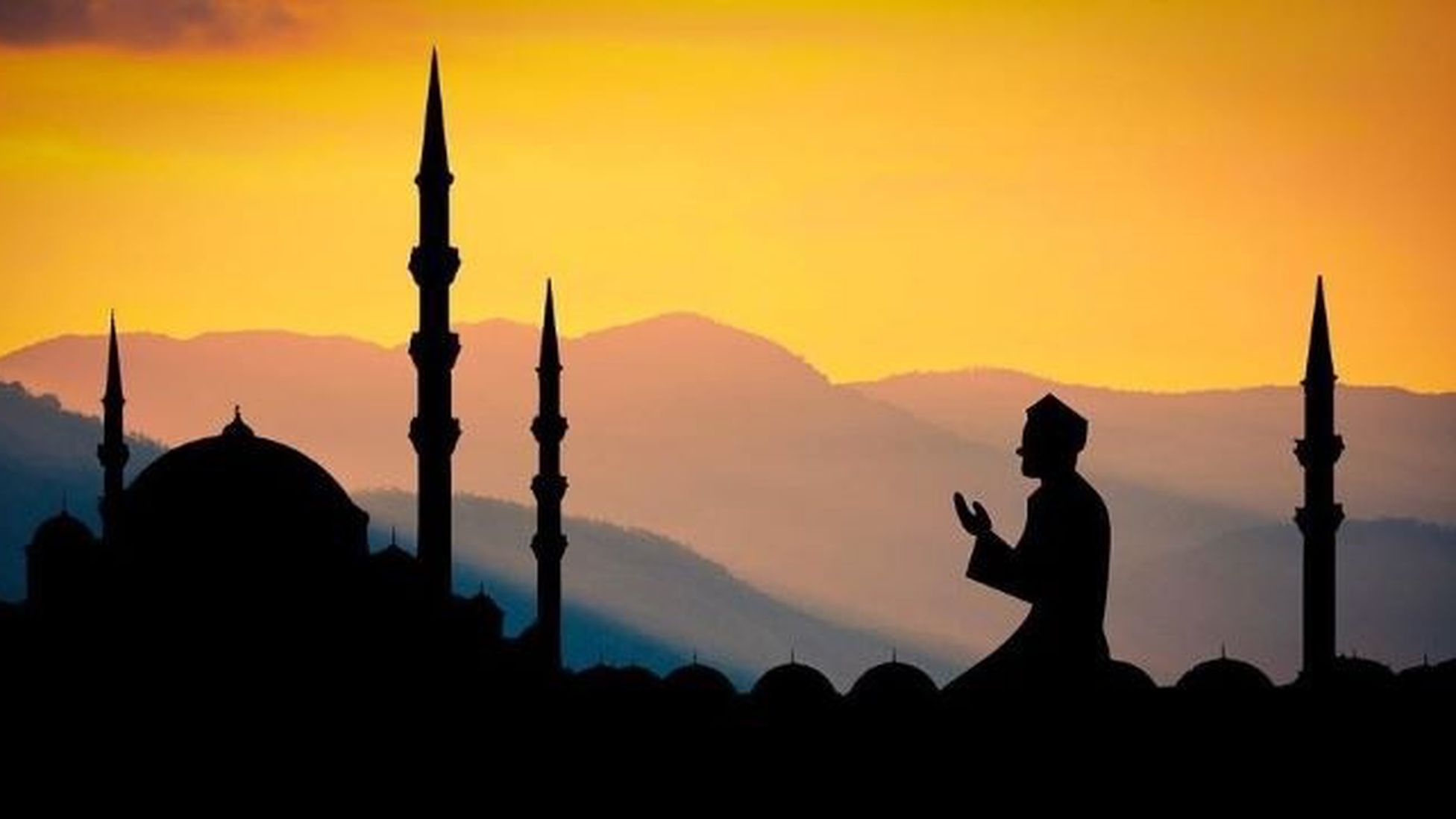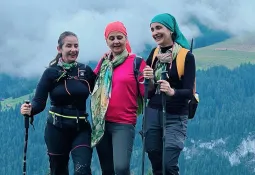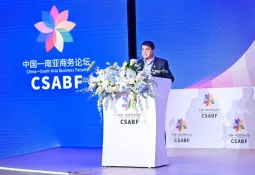- Home
- Religious Tour
- Bibaha Panchami: A Celebration of Love and Tradition in Janakpur

Bibaha Panchami: A Celebration of Love and Tradition in Janakpur
Nestled in the heart of Nepal, the vibrant city of Janakpur comes alive each year during the auspicious occasion of Bibaha Panchami. This festival, steeped in rich cultural significance and ancient mythology, commemorates the divine marriage of Lord Ram, the revered prince of Ayodhya, to Sita, the daughter of King Janak.
Celebrated with unparalleled zeal and fervor, Bibaha Panchami marks the union of these legendary figures and brings together locals and visitors in a joyous celebration of love and tradition.
The Legends and Lore
The legends surrounding Bibaha Panchami in Janakpur are rooted in the ancient Indian epic, the Ramayana. This timeless saga revolves around the virtuous and valiant Prince Ram, an incarnation of the revered deity Vishnu, and the enchanting Princess Sita, the daughter of King Janak.
The city of Janakpur holds a special significance in the Ramayana as the birthplace of Sita and the kingdom where the divine couple's celestial love story unfolded. King Janak organized a grand ceremony called the "Swayamvar," inviting princes and suitors from distant lands to compete for Sita's hand in marriage. The condition for winning her hand was to lift and string the mighty bow of Lord Shiva, a seemingly impossible task. Princes attempted and failed until Ram, with his divine strength and grace, effortlessly lifted and strung the bow, winning Sita's hand amid awe and admiration.
This divine union between Ram and Sita, celebrated during Bibaha Panchami, symbolizes not just a wedding but also the triumph of virtue over vice, righteousness over evil. Their love story epitomizes the ideals of devotion, sacrifice, and unwavering commitment to truth and righteousness, making it a revered tale across cultures and generations.
The marriage of Ram and Sita goes beyond a mere celestial bond; it represents the union of two souls destined to uphold dharma (righteousness) and defeat the forces of darkness. Their unwavering love, resilience in the face of adversities, and dedication to each other serve as an eternal example of ideal love and companionship.
Janakpur, with its historical and mythological significance, becomes a hub of festivities during Bibaha Panchami as it commemorates this divine marriage. The celebration not only honors the union of Ram and Sita but also serves as a reminder of the timeless values and virtues that their story embodies.
seven days of Bibaha Panchami celebrations
Day 1: Nagar Darshan (City Tour)
The festival kicks off with Nagar Darshan, a ceremonial tour of Janakpurdham city. This ritual involves processions and parades showcasing the city's cultural richness and heritage. Residents and visitors alike witness this vibrant display of Janakpur's essence.
Day 2: Phulbari Leela (Flower Garden Tale)
Phulbari Leela is celebrated on the second day, focusing on the legend of Sita's encounter with Ram at the Phulbari garden. This day involves reenactments and performances depicting this enchanting tale, with colorful displays of flowers symbolizing the beauty of their meeting.
Day 3: Dhanush Yagya (Bow Oblation)
The third day, Dhanush Yagya, commemorates the event where suitors attempted to lift Lord Shiva's bow to win Sita's hand. Rituals and ceremonies are conducted, highlighting the significance of this momentous event from the Ramayana.
Day 4: Tilakotsav
Tilakotsav is celebrated on the fourth day, emphasizing the ceremonial application of tilak (vermilion mark) on the foreheads of idols representing Ram, Sita, and other revered figures. This ritual symbolizes blessings and good fortune.
Day 5: Matkor
Matkor, observed on the fifth day, involves traditional customs and ceremonies related to the preparation of wedding rituals. Families and communities engage in various preparations, setting the stage for the upcoming wedding festivities.
Day 6: Sita and Ram’s Wedding
The sixth day marks the culmination of the celebrations as Sita and Ram's divine wedding is reenacted. Elaborate ceremonies and performances depict the sacred union of the celestial couple, showcasing their eternal love and the triumph of righteousness.
Day 7: Farewell Procession
On the final day, the people of Janakpur bid farewell to Ram's marriage procession, symbolizing the departure of Lord Ram back to Ayodhya, India. This ritualistic farewell is a poignant moment as the annual procession concludes, bringing an end to the week-long festivities.
Cultural Showcase and Culinary Delights
The festival is also a platform for showcasing Janakpur's rich cultural heritage. Artisans display their craftsmanship, creating intricate handicrafts and artwork, while local cuisines tantalize taste buds with their aromatic flavors and traditional delicacies.
The Significance Beyond Borders
Bibaha Panchami transcends geographical boundaries, attracting pilgrims and tourists from various corners of the world. Its cultural significance, coupled with the grandeur of the celebrations, captivates the hearts of those seeking to witness Nepal's vibrant heritage and religious fervor.
Preserving Tradition for Posterity
As Bibaha Panchami continues to enthrall generations, it plays a vital role in preserving and passing down Nepal's cultural heritage to future generations. The festival serves as a reminder of the timeless love story of Ram and Sita and the values of devotion, commitment, and righteousness embedded within it.
Bibaha Panchami in Janakpur stands as a testament to Nepal's cultural richness and the enduring legacy of a love story that transcends time. It not only celebrates a divine union but also serves as a unifying force, bringing together people from diverse backgrounds under the umbrella of shared traditions and values.












Comment / Rely From